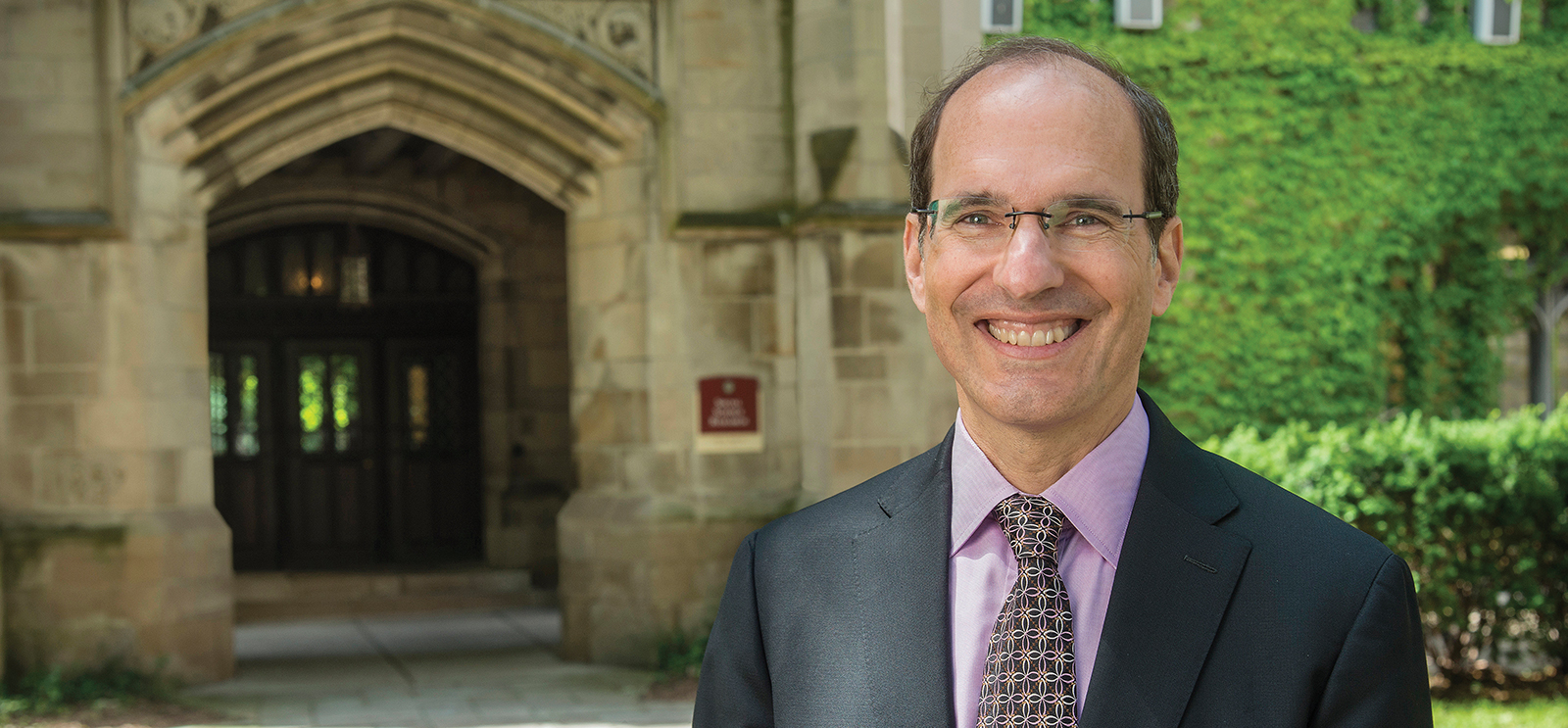
(Photo courtesy Division of the Social Sciences)
Report from the dean
Myriad methods.
Can extremist organizations’ propaganda videos actually incite violence? If so, how? Those are the questions animating the Social and Neurological Construction of Martyrdom Project, a collaboration between Robert Pape, PhD’88, professor of political science, and Jean Decety, the Irving B. Harris Distinguished Service Professor in Psychology. The project unites Pape’s vast database of terrorist attack and recruitment videos with Decety’s expertise in using functional magnetic resonance imaging to detect brain activity patterns in volunteers shown those videos. The goal: to learn what happens in the brain when an individual is persuaded to change his or her beliefs.
The project exemplifies the type of research being done in the Division: research that couples disciplines or deploys new techniques. Sometimes multiple methods are used by the same person. Micere Keels, associate professor in comparative human development, combines ethnographic and statistical methods to investigate the intersection between neighborhoods’ and schools’ poverty and inequality in public school choice. Jenny Trinitapoli, associate professor of sociology, deploys demography with the sociology of religion to understand how Malawians make sexual and reproductive choices in the midst of the AIDS epidemic.
Sometimes bringing two methods together requires that faculty who had long been physical neighbors, as in the case of Pape and Decety, collaborate. Sometimes accessing new methods means bringing a new member into our community. This summer, for example, Luc Anselin will join the Department of Sociology and launch the Center for Spatial Data Science. The center, a joint project between the Division and the Computation Institute, will introduce new software, geographic information systems methodologies, and statistical techniques. Anselin’s research and his tools—these methods and techniques—will help us tackle questions from the local to the global and can be applied in areas such as economic geography, environmental economics, criminology, urban planning, and public health.
What are the techniques and forms of collaboration that the diverse faculty and students of the Division of the Social Sciences will need close at hand in the coming years? A difficult question at a time when new theories, computational tools, brain imaging techniques and biological assays, big data and text-mining resources, and other methods are appearing with dizzying speed. Difficult but very exciting, and that excitement is something my colleagues and I feel every day as we think about the next 125 years of Social Sciences at the University of Chicago.
